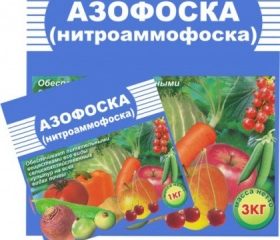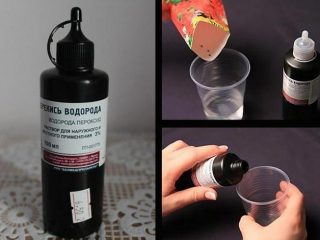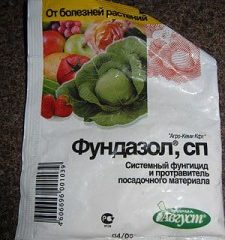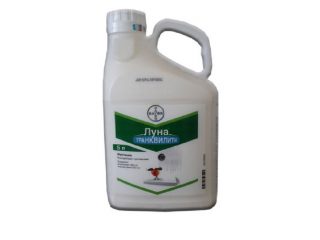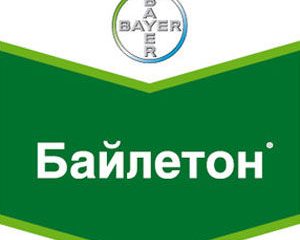Content
- 1 Is it possible to treat currants with urea in spring?
- 2 Pros and cons of processing currants with urea
- 3 When to spray currants with urea in spring
- 4 How much urea to apply to a currant bush
- 5 How to dilute urea for watering currants
- 6 How to treat currants with urea in spring
- 7 Precautionary measures
- 8 Conclusion
Currant is one of the popular garden shrubs. After all, its berries are not only tasty, but also have a high content of vitamins and minerals. In order for the shrub to produce a good harvest every year and fully develop, it needs to be fed regularly. Nitrogen fertilizers are especially important at the very beginning of the growing season. And feeding currants with urea can completely provide the plant with the necessary components.
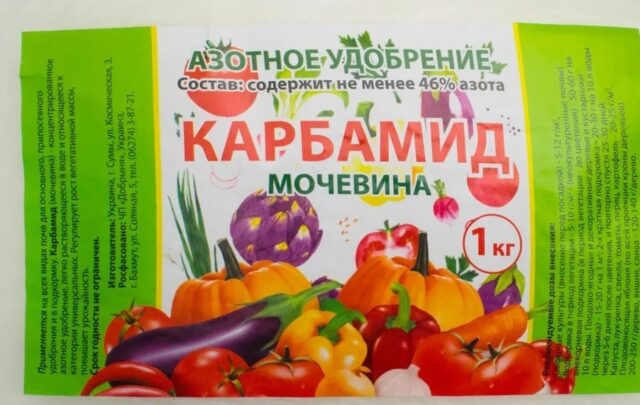
Fertilizing with urea is possible on any type of soil
Is it possible to treat currants with urea in spring?
This mineral fertilizer is widely used in gardening. Since the content of available nitrogen in it is more than 40%. The use of urea provides plants with protein compounds that enhance growth processes.
The nitrogen contained in urea is necessary for the full development of the bush. After all, it is part of the chlorophylls involved in photosynthesis.Thanks to this, carbohydrates and other important compounds accumulate in the tissues of the bush, which ensures the growth of green mass. As a result, fertilizing currants with urea in early spring increases yield and improves the quality of berries. Therefore, this fertilizer not only can, but also should be used to treat shrubs.
In addition, the use of urea for black currants in the spring helps protect against wintering larvae of pests and pathogens. Because this remedy has a depressing effect on them. This guarantees the full development of the bush at the beginning of the growing season.
Pros and cons of processing currants with urea
Spraying currants with urea in spring for feeding and protection from pests has many advantages. This explains the increased popularity of the product among gardeners. But such processing also has certain disadvantages that should not be ignored.
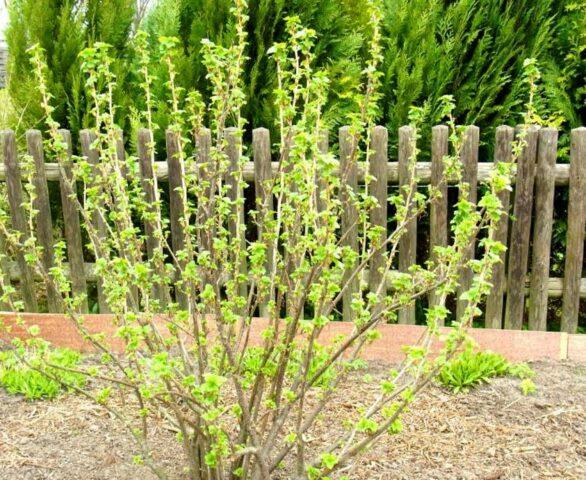
Urea helps speed up the recovery of shrubs after winter
Advantages of feeding:
- ensures the full development of shoots and foliage;
- increases productivity;
- increases the number of ovaries;
- activates vegetation processes;
- destroys wintering pests;
- gives quick results;
- increases the plant's resistance to unfavorable external factors.
Minuses:
- if used incorrectly, it has the opposite effect;
- requires increased precautions;
- does not give results at high humidity;
- cannot be combined with fertilizers based on calcium and lime.
When to spray currants with urea in spring
In order to properly feed currants with urea in the spring, you need to know the optimal timing for using this fertilizer.Otherwise, the treatment will not only not be beneficial, but may also harm the bush.
Experienced gardeners recommend treating black currants with urea against pests in the spring before the buds swell at the green cone stage. Which usually happens in March-April, depending on the climatic conditions of the region. But at the same time it is necessary that the air temperature rises to +5 °C. At this time, it is important not to miss the moment. Since carrying out foliar feeding in a later period can lead to inhibition of the productivity of the shrub.
In the future, fertilizer should be used during the period of leaf growth, that is, in late spring or early summer. After all, it is at this time that the bush grows green mass.
How much urea to apply to a currant bush
You can fertilize currants with urea in the spring using a dry method. To do this, you need to scatter the granules at the base of the plant and embed it in the ground. But it should be borne in mind that such fertilizing will be effective only when the soil is well heated. After all, the process of converting nitrogen into an accessible form for the plant occurs with the participation of soil microorganisms. And they are activated only at elevated temperatures.
It is recommended to apply 10-20 g of urea to each currant bush, depending on the age of the bush.
In order not to make a mistake with the dosage, it should be taken into account that the urea content is:
- in a tablespoon – 11 g;
- in a matchbox – 14 g;
- in a glass – 131 g.
How to dilute urea for watering currants
Urea fertilizer for feeding currants in spring can be used when watering the bush.To do this, you must first prepare an aqueous solution based on it. It is recommended to use a plastic or glass container.
Initially, you need to dissolve 30 g of fertilizer in 1-2 liters of warm water. And then bring the volume of liquid to 10 liters and mix thoroughly. You can use diluted fertilizer for fertilizing within 12 hours, as it subsequently loses its properties.
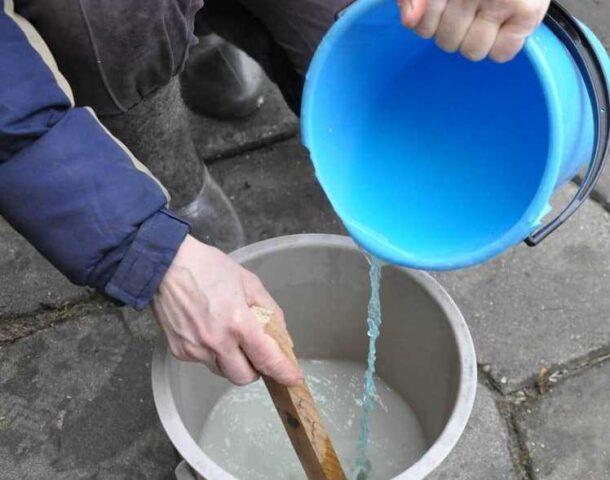
You can use settled water to prepare the nutrient solution.
How to treat currants with urea in spring
Urea for currants in spring can be used as root and foliar feeding, as well as as a preventative against pests. But in order for the use of fertilizer to give the desired result, it is necessary to familiarize yourself with the rules of use in each specific case.
Watering
Spring watering of currants with urea should be carried out when the soil temperature is at least +14 °C. But before fertilizing, you need to remove plant debris from the base of the bush and loosen the soil. But this should be done carefully so as not to damage the roots.
The fertilizer consumption rate is 30 g per 10 liters of water. It is recommended to water currants in the spring with urea in the evening.
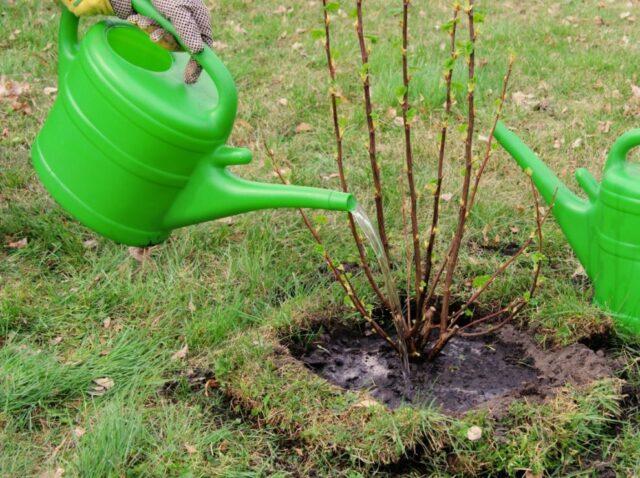
Root feeding should be done at the rate of 2 liters per adult bush
Spraying
To provide the shrub with nitrogen at an early stage of the growing season, you can also use urea to spray it. This allows you to quickly make up for the lack of a necessary component.
For foliar feeding, you need to use a less concentrated solution at the rate of 20 g of urea per 10 liters of water.The procedure should be carried out in cloudy, windless weather. In this case, it is necessary to evenly spray the shoots of the bush at the rate of 1 liter of the finished product per hundred square meters.
The longer the film of the nutrient solution remains on the surface of the shoots, the more nitrogen the currant absorbs. Therefore, it is recommended to fertilize in the evening or in cloudy weather, when evaporation is low.
Pest treatment
When spraying currants with urea in the spring to kill pests, the proportion of fertilizer used differs from feeding. For processing, it is necessary to dissolve 700 g of urea in 3 liters of warm water and mix thoroughly, and then increase the volume of liquid to 10 liters. To increase the effectiveness of the procedure, you can additionally add 50 g of copper sulfate.
Spray the resulting product evenly onto the bush shoots and soil in the root circle. This spring treatment of black currants with urea helps not only to destroy pest larvae, but also slows down bud opening by seven days. This is especially true for early crop varieties that may be damaged by return frosts.
Precautionary measures
Urea is a fairly aggressive compound, and precautions must be taken when using it. Before preparing a urea-based solution for spraying and watering currants in the spring, you need to wear gloves, goggles and a mask. During treatment, it is forbidden to drink, smoke, or eat in order to eliminate the possibility of urea getting into the digestive tract.
Ignoring personal safety rules when working with the product can lead to poisoning. In this case, nausea, cough, choking, and vomiting appear. If such symptoms appear, rinse your mouth thoroughly and provide access to fresh air. If your health worsens, you should consult a doctor.
If during feeding the working fluid gets on the skin or mucous membranes, it should be washed off immediately with running water. At the end of the procedure, you should take a shower with soap and wash your clothes.
Conclusion
Feeding currants with urea benefits the bush if the fertilizer is used correctly. In this case, it not only provides the plant with vital components for growth, but also prevents pests. To do this, it is necessary to strictly observe the dosage of the product and the timing of its use.
